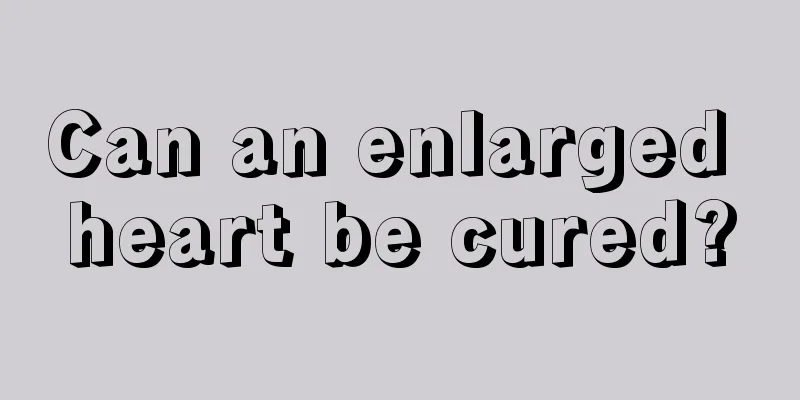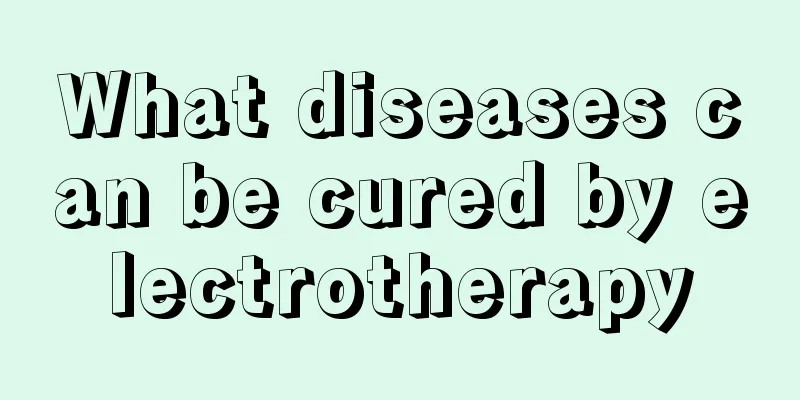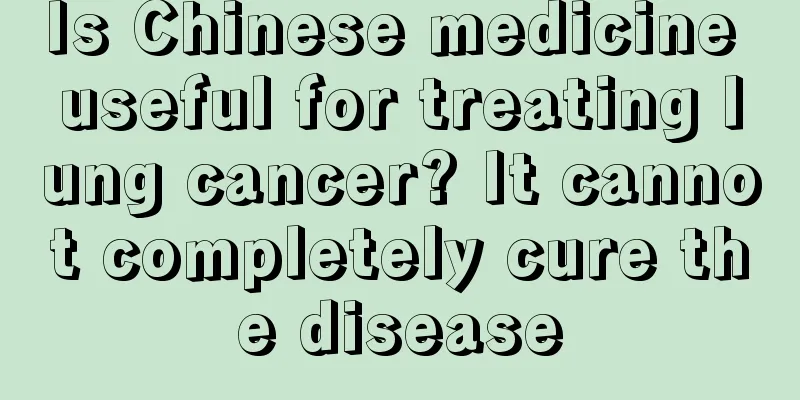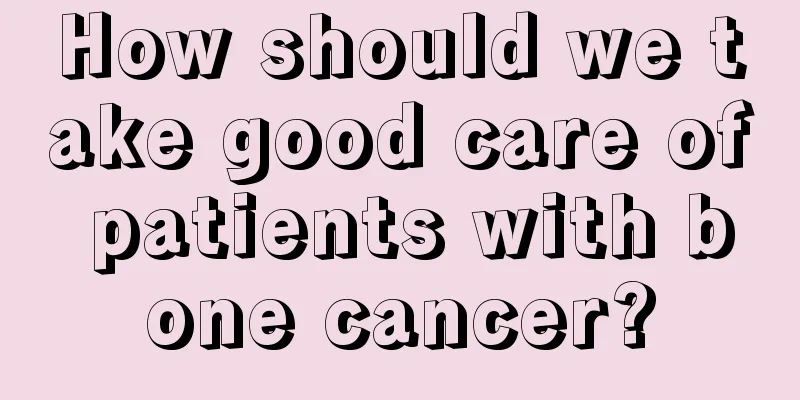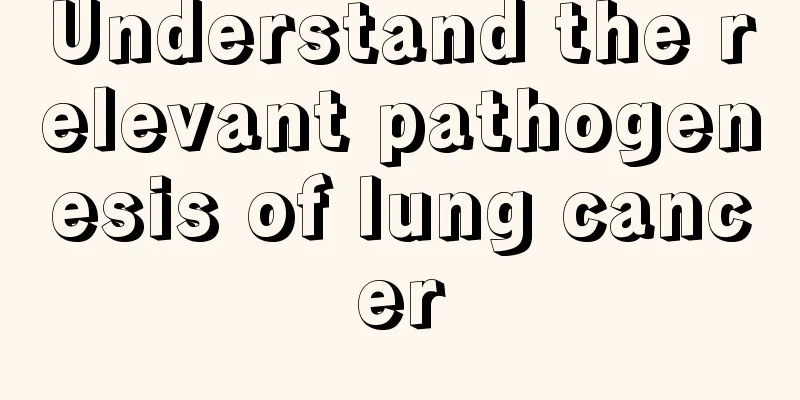Drug treatment for esophageal cancer
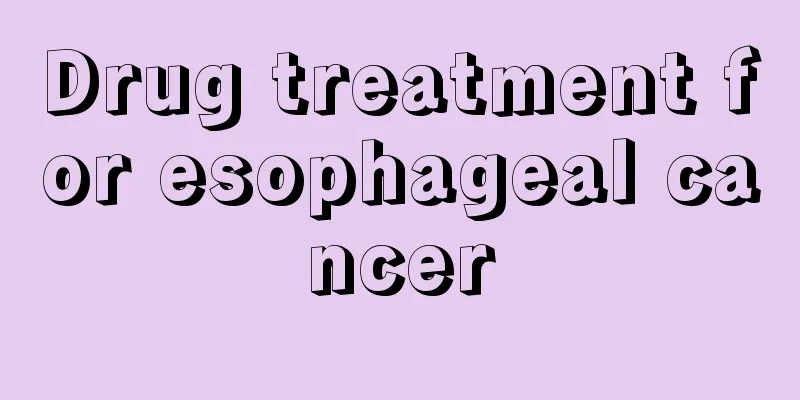
|
The proliferation cycle of normal esophageal epithelial cells is the longest in the human digestive tract. It takes about 1-2 years for the esophageal basal cells to go from severe proliferation to cancer. It usually takes 2-3 years, or even longer, for early esophageal cancer (cancer cells are found in cytological examination, but X-ray esophageal mucosal angiography shows normal or only mild lesions) to become advanced invasive cancer. Therefore, early treatment of esophageal cancer is more effective. Even in advanced cases, if treated properly, they can improve. Generally, surgery is suitable for earlier lesions; for later lesions, and those who are located in the middle and upper segments and are older or have contraindications to surgery, radiotherapy is preferred. 1. Chemotherapy The cell proliferation cycle of esophageal cancer is about 7 days, and the theoretical doubling time is about 10 days, which is slightly longer than the normal esophageal epithelial cell cycle, so there are fewer proliferative cells and more non-proliferative cells. Therefore, although there are many chemical drugs currently used for esophageal cancer, there are not many that are really effective. The most commonly used drugs are bleomycin (BLM), mitomycin-doxorubicin (ADM), 5-fluorouracil (5-Fu), methotrexate (MTX), cyclohexyl lomustine (CCNU), imipramine (MGAG), vinblastine alkaloids amide (VDS), etoposide (VP-16) and cisplatin (DDP). The remission rate of single-drug chemotherapy is 15% to 20%, and the remission period is 1-4 months. Most combined chemotherapy uses a combined chemotherapy regimen based on DDP and BLM, and the efficacy is mostly more than 30clo, with a remission period of about 6 months. Combination chemotherapy is not only used for advanced esophageal cancer, but also for combined treatment with surgery and radiotherapy. Currently, the commonly used combination chemotherapy regimens in clinical practice include DDP-BLM, BLM-ADM, DDP-VDS-BLM, and DDP-ADM-5-Fu. Clinical observations have found that chemotherapy drugs such as DDP, 5-Fu and BLM have radiosensitizing effects. In the past 10 years, such chemotherapy drugs have been used as sensitizers in combination with radiotherapy to treat esophageal cancer, and have achieved encouraging results. 2. Currently, traditional Chinese medicine treatment mostly adopts the main prescription plus syndrome differentiation and treatment, combining strengthening the body with promoting blood circulation and removing blood stasis. |
<<: Factors related to the incidence of lung cancer
>>: Diseases that should be identified in esophageal cancer
Recommend
Tips for protecting teeth
In fact, many people do not pay much attention to...
What is the effect of cycloadenosine meglumine for injection
Worldwide, one person dies from heart disease eve...
What is the average age of testicular cancer? What are the factors that cause testicular cancer?
Testicular cancer is one of the more common malig...
What causes frequent oral ulcers? Common factors of oral ulcers
Oral ulcers can have a great impact on our daily ...
How to treat stomach damage caused by drinking?
In life, many people like to drink when they get ...
What foods can help improve sleep?
We all encounter problems with sleeping in our li...
What to do if the knee bone is dislocated
Knee bone dislocation may occur in life. Many peo...
Don't be afraid of the late symptoms of melanoma
Melanoma is a common tumor that grows on the skin...
What are the dietary taboos for ovarian tumors
Ovarian tumor is one of the most common diseases ...
What are the effects and functions of titanium crystal?
The output of titanium crystal is very scarce. Ti...
What does high-risk positive mean
High-risk positive means that the patient is foun...
Can eating loquat raw relieve cough?
Cough is a common symptom and a disease that many...
What are the main factors that lead to prostate cancer? Introduction to the five major factors that lead to prostate cancer
The incidence of prostate cancer is increasing si...
Briefly outline the causes of rectal cancer
Rectal cancer does not occur suddenly, but is the...
Do you wear underwear when you sleep at night?
Many women are confused about whether they can we...
